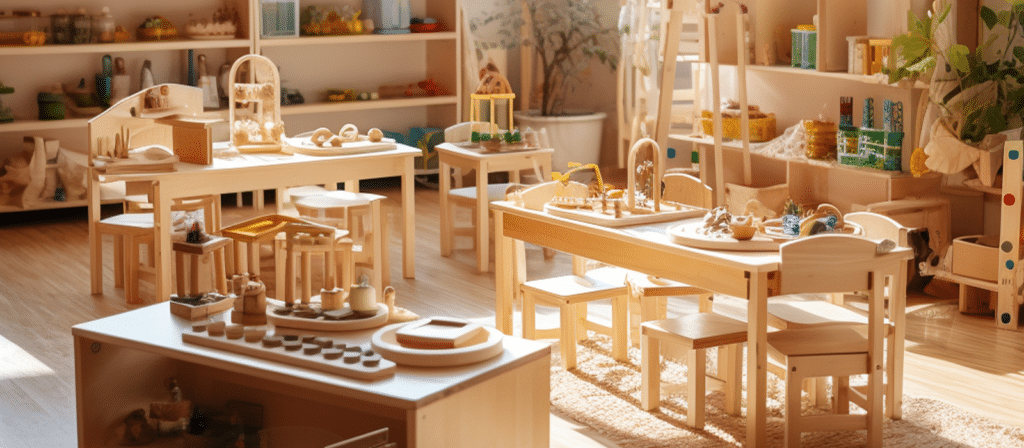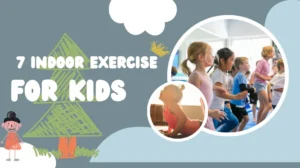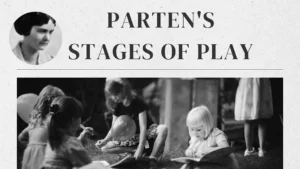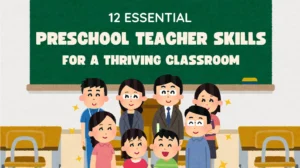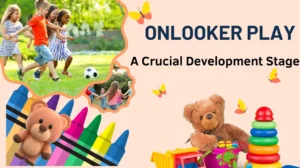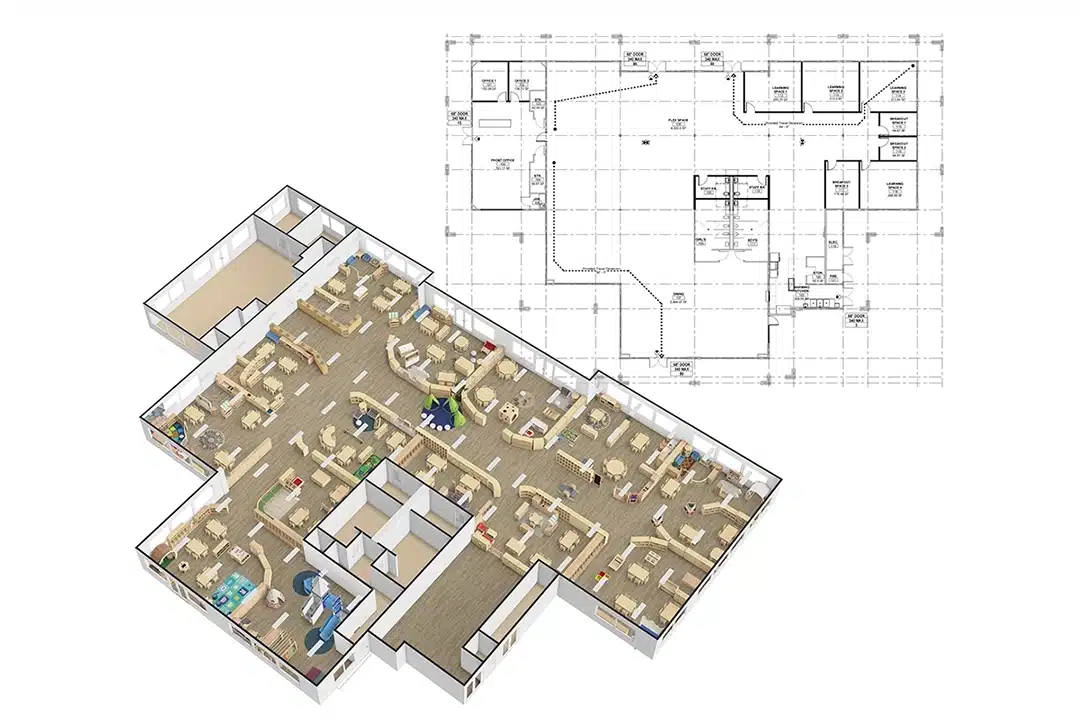Are you embarking on the journey of creating an enriching preschool learning environment? The choice of furniture plays a pivotal role in shaping a conducive space for young learners. Let’s explore the vital factors that define the best furniture for a preschool setting.
The type of furniture best suited for a preschool learning environment is child-centered, promotes independence, and aligns with the Montessori philosophy. Furniture that combines child-sized proportions, natural materials, and functional design empowers young learners to explore, engage, and thrive.
Preschoolers are at a crucial stage of development where they are learning through play and exploration. It’s important to provide them with furniture that is safe, comfortable, and conducive to their learning needs. Here are a few types of furniture that I believe work best in a preschool learning environment.
1. Flexible Seating: Let them wiggle and move!
Preschoolers have a lot of energy and sitting still for long periods can be challenging for them. That’s why I recommend incorporating flexible seating options in the classroom. This can include wobble chairs, exercise balls, or even floor cushions. These seating options allow children to wiggle and move while still engaging in learning activities. Studies have shown that flexible seating can improve focus, attention, and overall classroom behavior.
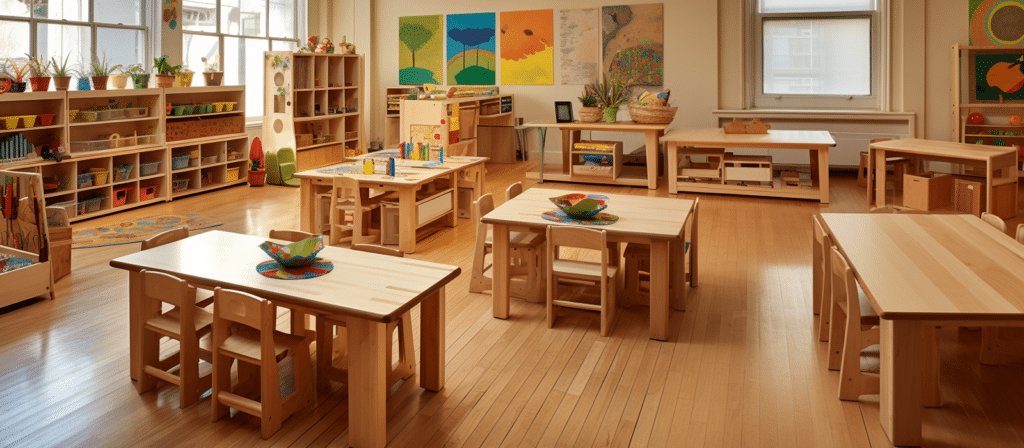
2. Child-Sized Tables and Chairs: Just their size!
Preschoolers feel more comfortable and confident when they can easily reach the furniture. That’s why child-sized tables and chairs are a must-have in a preschool learning environment. These appropriately-sized furniture pieces promote independence and encourage children to actively participate in activities. It’s also important to choose furniture with rounded edges and sturdy construction to ensure safety.
3. Storage Solutions: Keep things organized!
Preschool classrooms can quickly become cluttered with toys, books, and art supplies. To maintain an organized learning environment, it’s essential to have adequate storage solutions. Cabinets with labeled bins, shelves, and cubbies are great options for storing and displaying materials in an easily accessible way. This not only keeps the classroom tidy but also teaches children about responsibility and organization.
4. Reading Nooks: Get lost in a book!
Creating cozy reading nooks in a preschool classroom can foster a love for reading and provide a quiet space for children to relax and explore books. Bean bags, soft rugs, and bookshelves with a variety of age-appropriate books can transform a corner of the classroom into a magical reading spot. Having a designated area for reading also helps children develop a routine and understand the importance of literacy.
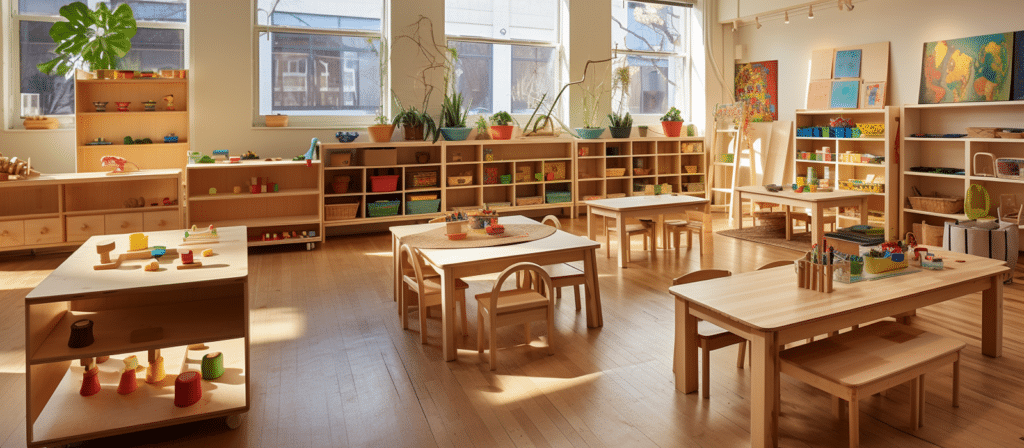
5. Art and Creativity Stations: Unleash their imagination!
Preschoolers love to get creative and explore their artistic abilities. Incorporating art and creativity stations in the classroom allows children to express themselves freely. These stations can include easels, art tables, and storage for art supplies. Make sure to choose furniture that is easy to clean, as spills and messes are bound to happen during art projects!
Conclusion
In conclusion, when it comes to furniture for a preschool learning environment, it’s important to prioritize flexibility, comfort, and safety. Flexible seating options, child-sized tables and chairs, storage solutions, reading nooks, and art and creativity stations are all key elements that can enhance the learning experience of preschoolers. So let’s create an environment where their imaginations can soar and their love for learning can flourish!
That’s it for now! I hope this blog post has provided you with valuable insights and ideas for furnishing a preschool learning environment.

